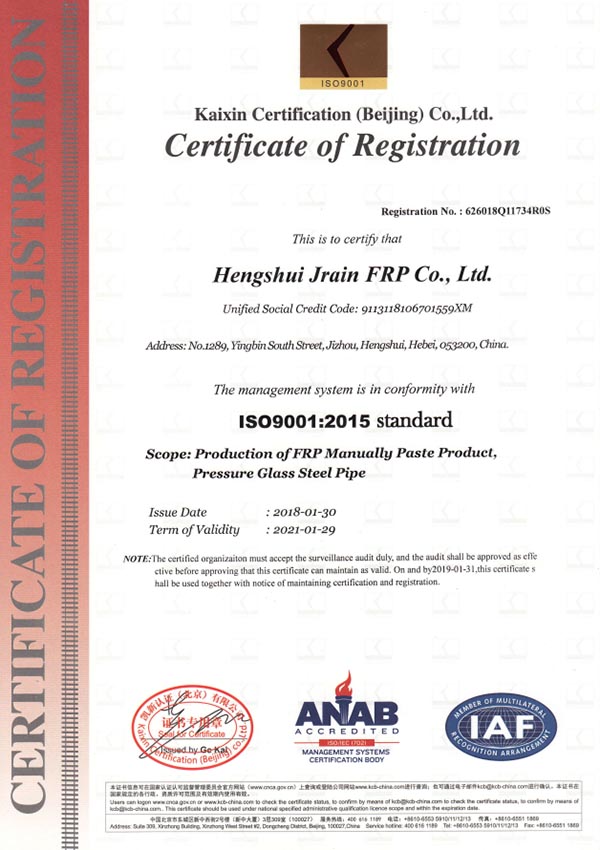
-
 Afrikaans
Afrikaans -
 Albanian
Albanian -
 Amharic
Amharic -
 Arabic
Arabic -
 Armenian
Armenian -
 Azerbaijani
Azerbaijani -
 Basque
Basque -
 Belarusian
Belarusian -
 Bengali
Bengali -
 Bosnian
Bosnian -
 Bulgarian
Bulgarian -
 Catalan
Catalan -
 Cebuano
Cebuano -
 China
China -
 China (Taiwan)
China (Taiwan) -
 Corsican
Corsican -
 Croatian
Croatian -
 Czech
Czech -
 Danish
Danish -
 Dutch
Dutch -
 English
English -
 Esperanto
Esperanto -
 Estonian
Estonian -
 Finnish
Finnish -
 French
French -
 Frisian
Frisian -
 Galician
Galician -
 Georgian
Georgian -
 German
German -
 Greek
Greek -
 Gujarati
Gujarati -
 Haitian Creole
Haitian Creole -
 hausa
hausa -
 hawaiian
hawaiian -
 Hebrew
Hebrew -
 Hindi
Hindi -
 Miao
Miao -
 Hungarian
Hungarian -
 Icelandic
Icelandic -
 igbo
igbo -
 Indonesian
Indonesian -
 irish
irish -
 Italian
Italian -
 Japanese
Japanese -
 Javanese
Javanese -
 Kannada
Kannada -
 kazakh
kazakh -
 Khmer
Khmer -
 Rwandese
Rwandese -
 Korean
Korean -
 Kurdish
Kurdish -
 Kyrgyz
Kyrgyz -
 Lao
Lao -
 Latin
Latin -
 Latvian
Latvian -
 Lithuanian
Lithuanian -
 Luxembourgish
Luxembourgish -
 Macedonian
Macedonian -
 Malgashi
Malgashi -
 Malay
Malay -
 Malayalam
Malayalam -
 Maltese
Maltese -
 Maori
Maori -
 Marathi
Marathi -
 Mongolian
Mongolian -
 Myanmar
Myanmar -
 Nepali
Nepali -
 Norwegian
Norwegian -
 Norwegian
Norwegian -
 Occitan
Occitan -
 Pashto
Pashto -
 Persian
Persian -
 Polish
Polish -
 Portuguese
Portuguese -
 Punjabi
Punjabi -
 Romanian
Romanian -
 Russian
Russian -
 Samoan
Samoan -
 Scottish Gaelic
Scottish Gaelic -
 Serbian
Serbian -
 Sesotho
Sesotho -
 Shona
Shona -
 Sindhi
Sindhi -
 Sinhala
Sinhala -
 Slovak
Slovak -
 Slovenian
Slovenian -
 Somali
Somali -
 Spanish
Spanish -
 Sundanese
Sundanese -
 Swahili
Swahili -
 Swedish
Swedish -
 Tagalog
Tagalog -
 Tajik
Tajik -
 Tamil
Tamil -
 Tatar
Tatar -
 Telugu
Telugu -
 Thai
Thai -
 Turkish
Turkish -
 Turkmen
Turkmen -
 Ukrainian
Ukrainian -
 Urdu
Urdu -
 Uighur
Uighur -
 Uzbek
Uzbek -
 Vietnamese
Vietnamese -
 Welsh
Welsh -
 Bantu
Bantu -
 Yiddish
Yiddish -
 Yoruba
Yoruba -
 Zulu
Zulu
fiberglass stack
The Versatile Applications of Fiberglass Stacks
Fiberglass stacks have emerged as a significant component in various industries, particularly in emissions control and ventilation systems. These durable structures are constructed from glass-reinforced plastic (GRP), making them lightweight yet extremely strong. As industries increasingly emphasize environmental protection and efficiency, fiberglass stacks are becoming a preferred choice for many applications.
The Composition and Benefits of Fiberglass Stacks
Fiberglass stacks are primarily made from composite materials, specifically thermosetting resins and glass fibers. This composition grants them several advantageous properties, including resistance to corrosion, moisture, and high temperatures. Unlike traditional metal stacks, fiberglass does not oxidize or rust, significantly extending its lifespan and reducing maintenance costs. Additionally, the lightweight nature of fiberglass allows for easier installation, which can be especially beneficial in hard-to-reach locations or in situations where structural support is a concern.
Another critical advantage of fiberglass stacks is their thermal insulation properties. They can withstand considerable temperature variation without deteriorating or transferring heat, making them suitable for exhaust systems that expel hot gases. This capability not only enhances operational efficiency but also ensures the safety of surrounding components.
Environmental Compliance
As regulations around emissions become stricter, industries are under increasing pressure to adopt technologies that minimize environmental impact. Fiberglass stacks play a vital role in this landscape by providing effective solutions for the management of flue gases and other emissions. They are commonly used in power generation facilities, chemical processing plants, and wastewater treatment facilities, where they help to disperse harmful pollutants into the atmosphere in compliance with environmental standards.
Moreover, the smooth interior surface of fiberglass stacks reduces friction, leading to lower energy consumption during gas transport. This feature not only aids in meeting emissions targets but also contributes to improved overall efficiency in industrial processes.
Customization and Applications
fiberglass stack

One of the standout features of fiberglass stacks is their versatility and customizable nature. Manufacturers can design stacks in various sizes, shapes, and configurations to meet specific operational needs. This flexibility allows for tailored solutions that can accommodate different industrial processes and environmental requirements.
Fiberglass stacks are employed across various sectors, including power generation, food processing, pharmaceuticals, and petrochemicals. In power generation, for example, they are essential for handling exhaust gases from turbines and boilers. In the food industry, they're used in ventilation systems to maintain sanitary conditions while controlling odors and steam.
Additionally, fiberglass stacks are often chosen for their aesthetic appeal. They can be manufactured in various colors and finishes, allowing industries to maintain a professional appearance while addressing functional requirements. This aspect is particularly relevant in urban settings where the visual impact of industrial structures is a concern.
Installation and Maintenance
The installation of fiberglass stacks is generally straightforward, attributing to their lightweight nature. Unlike steel stacks that may require considerable structural support, fiberglass can often be mounted directly on existing structures. This ease of installation can lead to significant savings in both time and labor costs.
Maintenance of fiberglass stacks is also largely hassle-free. Regular inspections and basic cleaning are typically all that is required to keep them operating efficiently. Their resistance to corrosion means they do not need protective coatings like metal stacks, further reducing maintenance efforts and costs over time.
Conclusion
Fiberglass stacks are a testament to modern engineering and materials science, finding their place in a variety of industrial applications. Their unique combination of durability, environmental compliance, and customizable options makes them an attractive choice for industries aiming to improve efficiency and reduce their environmental footprint. As demand for more sustainable practices continues to grow, fiberglass stacks are poised to play an even more significant role in the future of industrial operations, proving that innovation can indeed stem from a simple yet effective material. By embracing this technology, industries can not only meet regulatory challenges but also contribute positively to the environment, paving the way for a sustainable future.









